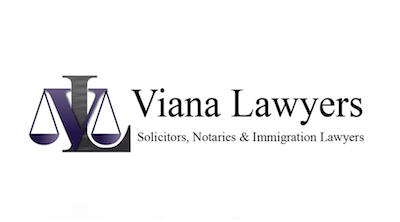What is a trade mark?
A trade mark is a sign used or intended to be used to distinguish goods or services dealt with or provided in the course of trade by a person or organisation, from goods or services dealt with or
provided by any other person or organisation.
A sign includes any of the following or any combination of the following: letter, word, name, signature, numeral, device, brand, heading, label or ticket, aspect of packaging, shape, colour, sound or scent. This is a non-exhaustive list of the things that may be trade marks.
Accordingly, a logo and any word marks may properly operate separately as a trade mark. Often, you will use them in close association with each other. However your rights are best advanced by registering both of these as separate trade marks.
Benefits of registration
Broadly speaking, once your trade mark has been registered, you will obtain an Australia-wide monopoly for use of that trade mark as a trade mark in respect of the goods or services for which registration was granted.
You will not obtain this right if you use your mark as a business name, domain name, or company name without registering it as a trade mark.
Application
The current delay in registering trade marks is up to 12 months, although application can be made to have your application expedited.
Applying for registration of your trade mark will involve:
1. Preliminary searches to establish whether there is a trade mark that may be the same or very similar to your trade mark;
2. Lodging an application for registration of a trade mark with IP Australia;
3. Considering whether you wish to apply to have your application dealt with on an expedited basis;
4. Dealing with any objection that IP Australia may have to the registration of the mark; and
5. Paying registration fees which will ultimately be a prerequisite to the issuance of a certificate of registration.
Classes of goods
For the purposes of registering a trade mark, all goods and services are categorised into classes. A list of classes of goods and services can be found here: http://xeno.ipaustralia.gov.au/tmgns/facelets/tmgoods.xhtml for your information.
When the time comes to make your application, we will need to nominate the number of classes in respect of which your application will apply. Unfortunately, increasing the number of classes will increase the amount of government fees payable for both:
1. Lodging an application; and
2. Securing registration of the mark.
If you would like to register your trade mark we will need more information regarding the composition of your product to ensure the correct class or classes are applied for.
International trade marks
Australia joined the Madrid Protocol relating to international registration of trade marks on 11 July 2001.
The Madrid Protocol system permits international registration through a single international application in trade marks office of the home country and permits protection in up to 56 countries.
The Madrid Protocol is not the only way you can apply for a trade mark overseas. It is still possible to file an application directly with each country. There may be some circumstances where applying directly to a country of interest may be a better option than seeking international registration under the Madrid Protocol.
Some of the points you need to consider are whether:
1. The countries you are interested in are members of the Madrid Protocol;
2. You are eligible to file an international application under the Madrid Protocol; and
3. The scope of your Australian trade mark includes all the goods and/or services you wish to protect overseas.
From the date of filing of the international application it will have the same effect as a national filing in each of the designated countries. Where no refusal is notified, or if refusal is withdrawn in a designated country, the international registration has the same effect as a national registration in that country.
All fees may be paid either to IP Australia in Australian dollars at the time of filing the international application or directly to the international bureau.
We are able to calculate the relevant fees payable upon receipt of your further instructions.
Ownership of trade mark
Asset protection strategies involve generally the separation of asset owning entities from related entities that attract trading risk.
Generally, all assets, particularly intellectual property, should be owned by an entity separate to the trading entities with the intellectual property licensed back to the trader.
You will need to consider which entity is appropriate to own the trade mark before we apply for registration.


